New Bern's Greenwood Cemetery tells a story of race, injustice and redemption
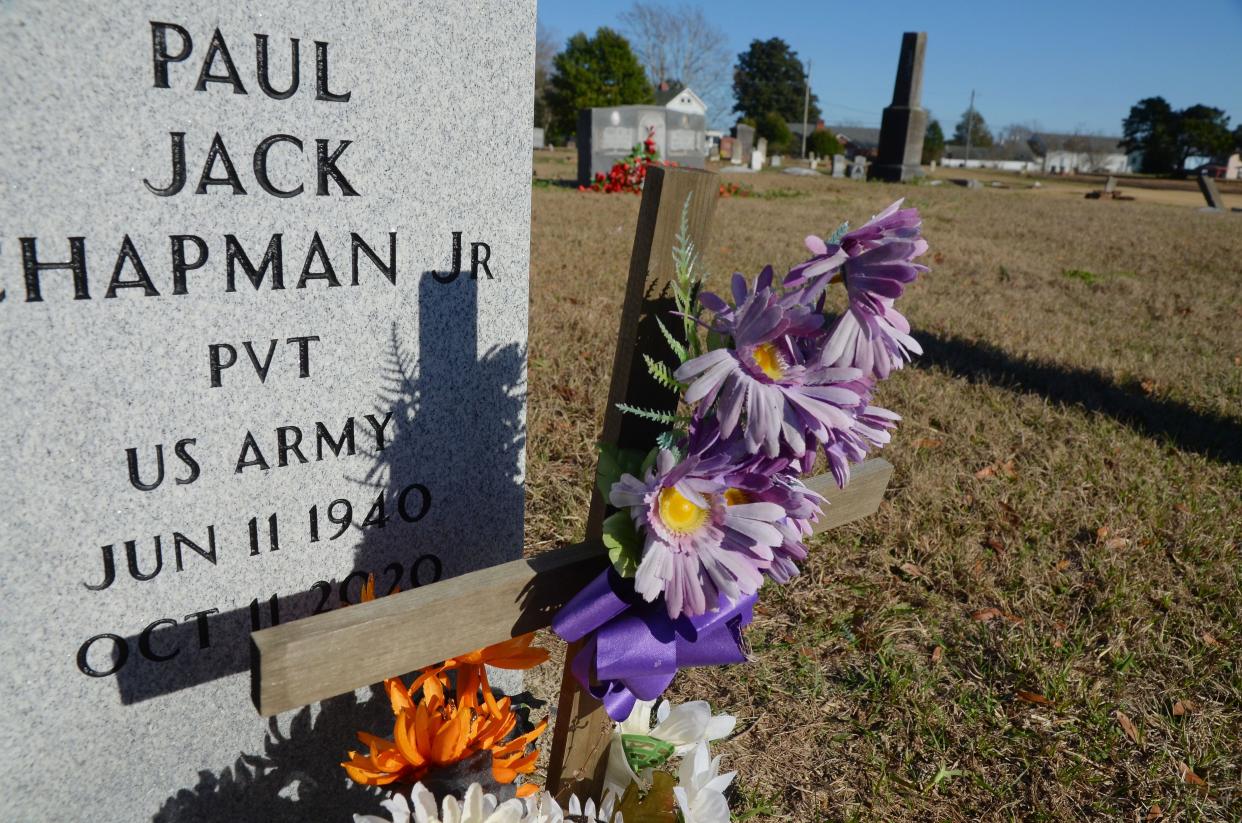
This is the third part of an ongoing series by reporter Todd Wetherington examining the beauty and cultural significance of our area's historic resting places through words and photos.
If you look closely enough, Greenwood Cemetery has a story to tell.
Like many of our best stories, you won’t find it in most history books or hear it in school classrooms. But for those with eyes to see it, the 140-year-old resting place is a text written in earth and stone, one that speaks of racial injustice and, ultimately, redemption.
Located at 810 Cypress Street in New Bern, Greenwood Cemetery was established in 1882 as the city’s first African American cemetery. Today, the burial ground offers a glimpse into the area’s early 20th-century history. It also tells of an act that today would be almost unthinkable.
In 1914, graves of approximately a dozen black citizens buried at nearby Cedar Grove Cemetery were dug up by city employees and moved to Greenwood Cemetery. The move was explained as a way to free up more gravesites for the town’s white residents. That same year, a law barred blacks from being buried at Cedar Grove and whites from being placed at Greenwood.
That history would only be officially acknowledged in 2020 when local artist and historian Ben Watford led an initiative that resulted in an excavation to learn more about the mass relocation. Today, two memorial plaques – one at each cemetery – explain the historical event.
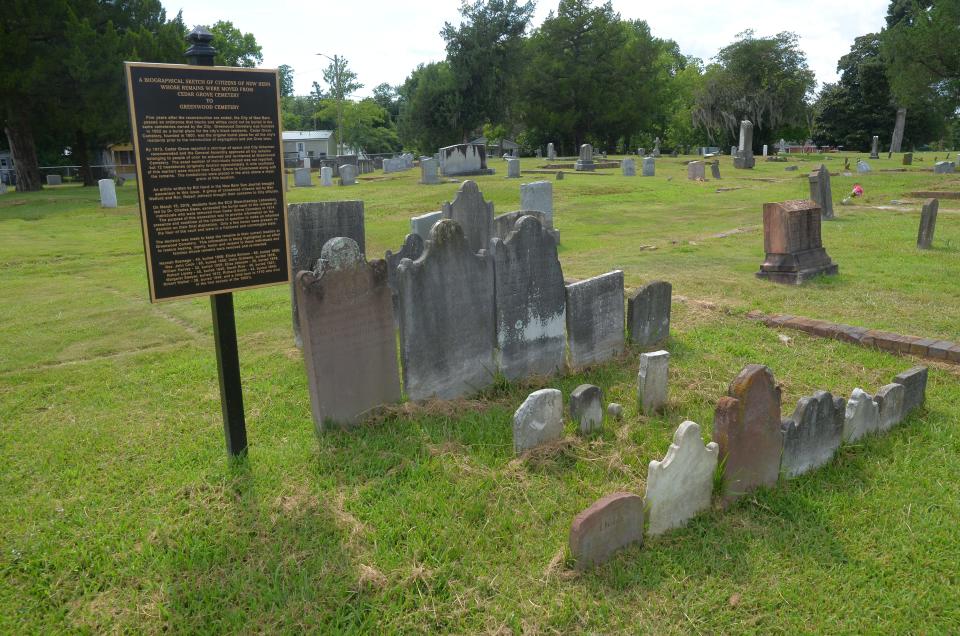
Two years after the plaque was dedicated, what began as a simple project by American Legion Post 539 to clean the graves of Greenwood Cemetery’s Black veterans grew into something its organizers never foresaw.
As the layers of mud, lichen and weeds were removed from the cemetery’s headstones, the stories underneath were revealed, unknown or simply forgotten tales of those who served their country during wartime but often went unrecognized due not to their service but to the color of their skin.
Over the months the details of those lives, some 66 service members, emerged from the grave markers, marriage certificates, census data and other documents uncovered by members of the New Bern Historical Society.
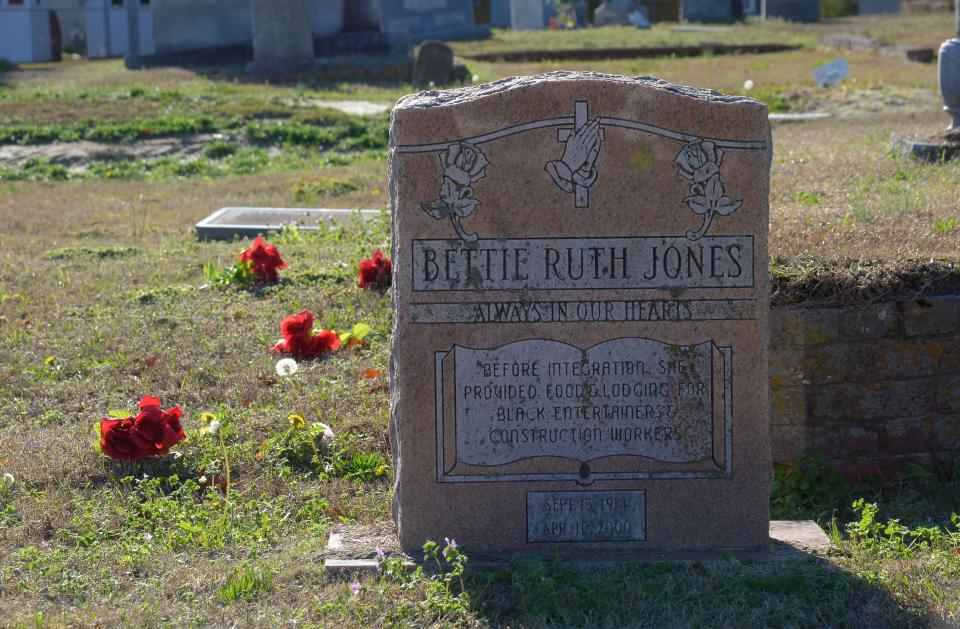
According to information they gathered, Greenwood Cemetery is the final resting place of veterans who fought in every major U.S. conflict, from the Civil War to Desert Storm.
Until several years after World War II, African American service members worked in a very different military than their white counterparts, serving in segregated units. That would remain true until July 26, 1948, when President Harry S. Truman issued an executive order abolishing segregation in the armed forces.
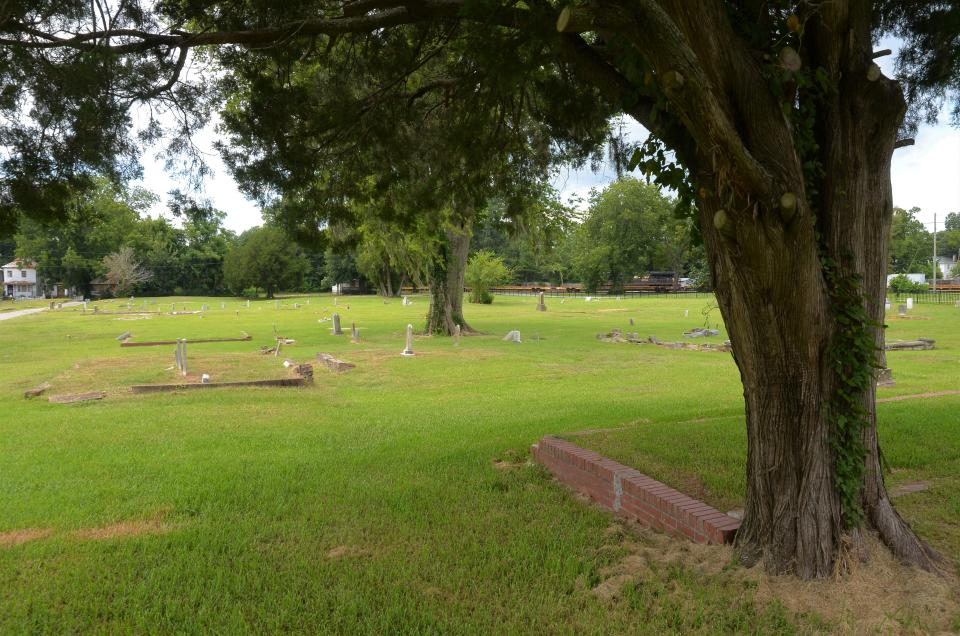
But the indignities of discrimination didn't end for many of New Bern's Black military members after combat. When it came time to bury Black World War II veterans at New Bern National Cemetery, the families were told all the gravesites were either taken or spoken for. Many of those veterans now rest at Greenwood Cemetery.
A total of 41 veterans were identified by the Daughters of the American Revolution during a survey of the graveyard. During The American Legion clean up, another 25 gravesites were uncovered, hidden under years of natural and manmade debris.
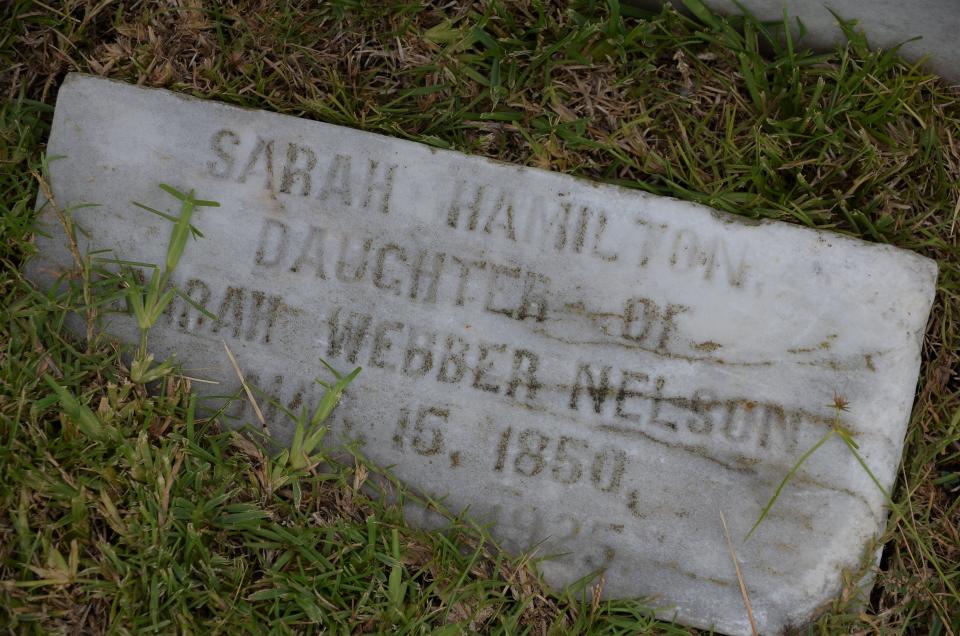
Among the Black veterans laid to rest at Greenwood Cemetery is Thomas Fisher, who served in the 38th Regiment of the United States Colored Troops, Company G. during the Civil War. The company was composed of men from Saint Mary’s County in Maryland and Virginians who had been liberated from slavery by the Union Army.
Fisher put his mark via an X on enlistment papers in August 1864 at Camp Hamilton in Warsaw, N.Y. His service record indicates he was wounded in action on September 27, 1864 and was hospitalized.
In the late 1860s, Fisher came to New Bern, where he married Theresa Blount and set up residence on Queen Street. He died on Dec. 1, 1894, and was buried by Merritt Whitley, a Black undertaker, the following day.
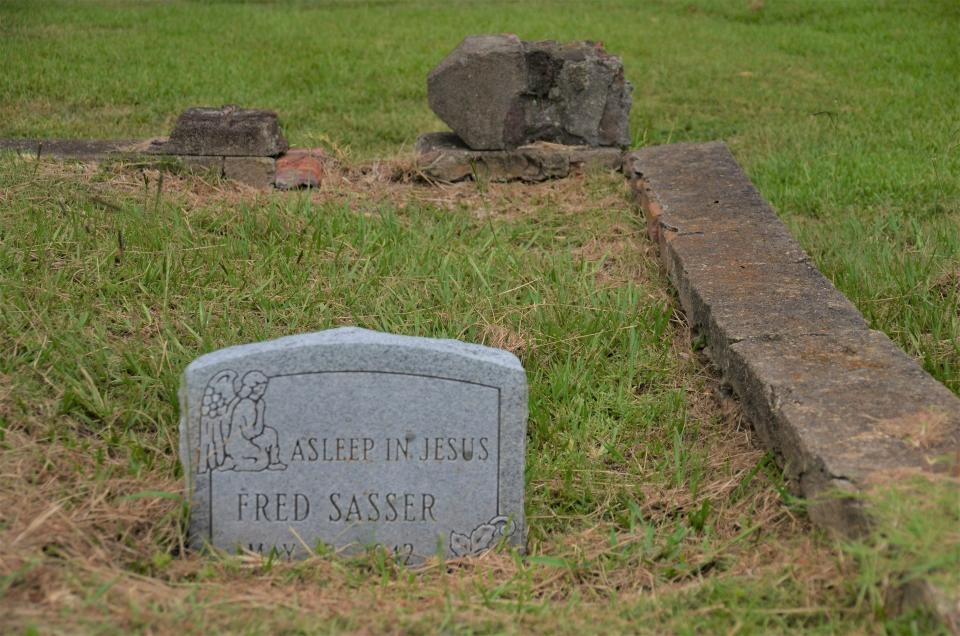
The Historical Society also uncovered the story of a Black New Bern physician and Shaw University graduate who trained with the Student Army Training Corps., which was created in early 1918 by the U.S. War Department as a way to hasten the training of soldiers for World War I.
Whatever their combat roles, the Greenwood Cemetery veterans each served crucial roles in their respective wars, according to New Bern Historical Society member Mark Sandvigen
“For me, knowing the parts these people did play, it’s heroic,” he said, “these guys were amazing.”
Reporter Todd Wetherington can be reached by email at wwetherington@gannett.com. Please consider supporting local journalism by signing up for a digital subscription.
This article originally appeared on Sun Journal: New Bern's Greenwood Cemetery tells a story of race and redemption

